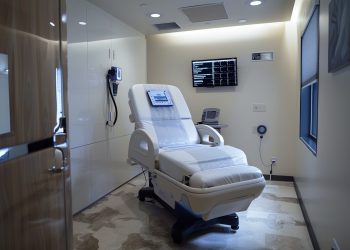Discovering the Luminous Touch of Healing
Recent research in the field of alternative medicine has revealed a fascinating phenomenon: energy healing practitioners may be emitting an unusually high level of biophotons from their hands. These light particles, invisible to the naked eye, have been captured using ultra-weak photon emission (UPE) detectors, suggesting a tangible, measurable aspect of what has often been considered a purely spiritual or subjective practice.
Unveiling the Luminous Phenomenon
In a groundbreaking experiment, researchers compared the biophoton emission from the hands of people who identify as healers with those of non-healers. The results were illuminating: healers consistently emitted more biophotons. This discovery paves the way for understanding the physical mechanisms behind energy transfer during healing sessions and could help in identifying individuals with a natural aptitude for healing.
Understanding the Light of Healing
The study delved into how these biophotons could serve as a biomarker for healing ability. By measuring the light emitted, researchers can now begin to classify and understand healers in a way that blends the spiritual with the scientific. This integration could lead to advancements in selecting and training effective practitioners in the field of energy healing.
Bringing Light to Practical Use
What does this mean for those interested in energy healing, either as practitioners or recipients? Here are some practical takeaways:
- Prospective healers can be evaluated for their biophoton emissions to gauge their potential effectiveness.
- Training programs for healers might include techniques to enhance biophoton emission.
- Clients seeking energy healing can look for practitioners who have been tested for high biophoton emission.
As the scientific community continues to explore the nature of biophotons in energy healing, we may see a new era where the efficacy of healers can be enhanced and more accurately measured.
The original study, which has sparked this intriguing discussion, can be found in the journal Journal of Alternative and Complementary Medicine, where readers interested in the intricate details of the research can delve deeper into the methodology and findings.






